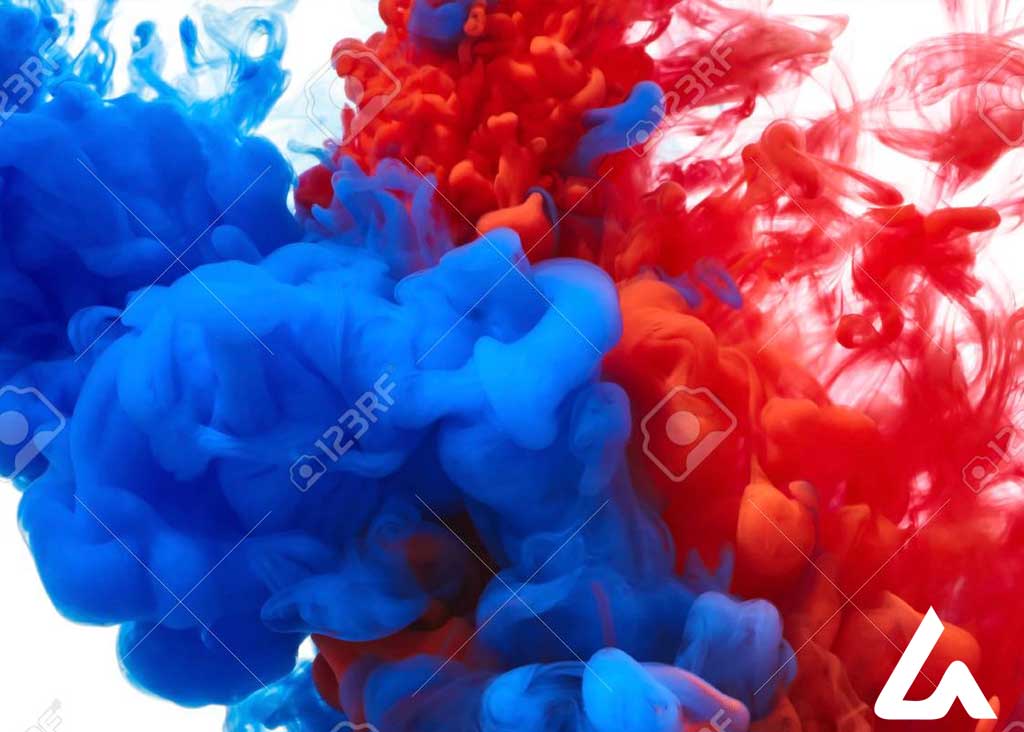
Abstract
Acid dyes are anionic, soluble in water, and are essentially applied from the acidic bath (Acid Dyes in Textile). These dyes possess acidic groups, such as SO3H and COOH, and are applied on wool, silk, and nylon when an ionic bond is established between protonated –NH2 group of fiber and the acid group of dye.
What are acid dyes?
The acid dye class is a water-soluble class of dyes with anionic properties. The textile acid dyes are effective for protein fibers such as silk, wool, nylon, and modified acrylics. Acid dyes fix to the fibers by hydrogen bonding, Vander Waals forces, and ionic linkages.
Why It’s Called Acid Dyes?
Acid dyes are mostly sulphuric, or carboxylic acid salts and are essentially applied from an acidic bath and hence the name ‘acid dye.’
Acid Dyes in Textile
Properties of Acid Dyes
- Acid dyes are usually sodium salts of sulphonic acids, or less frequently of carboxylic acids, and are therefore anionic in aqueous solution.
- They have substantivity towards protein and polyamide fibers.
- These dyes are suitable for wool, silk, polyamide, and modified acrylics.
- These dyes have no affinity for cotton cellulose, hence not suitable for cellulosic fibers.
- They are highly water-soluble.
- Acid dyes have molecular weights in the range 300–1000 g mol-1.
- They create ionic bonds with fiber, hydrogen bond and Vander Waals force of attraction also contribute.
- The dye anion is the active colored component in these dyes.
- Overall wash fastness of acid dye is poor, though lightfastness is quite good.
Acid Dyes for Wool
- Wool fiber contains a large number of amino groups. There are approximately twenty times as many amino groups on wool when compared to nylon and five times as many amino groups when compared to silk.
- As wool is highly amorphous in nature, dark shades can be easily be obtained.
Acid Dyes for Nylon
- The dyeing properties of nylon with acid dyes are similar to wool. The shades are very similar for nylon but the saturation point is lower.
- As nylon is more crystalline than wool and has a smaller number of amino groups, darker shades can’t be obtained.
Acid Dyes for Silk
- Silkhas an affinity for acid dyes but the colors tend to be less fast when compared with wool.
- Silkexerts its affinity for acid dyes at a lower temperature than wool; and dyeing is usually carried out at 40ºC and the maximum temperature is limited to 85ºC.
- Glauber’s salt is used in silk as it diminishes its luster.
- As strong acid such as sulphuric acid damages the silk, acetic acid is used.
